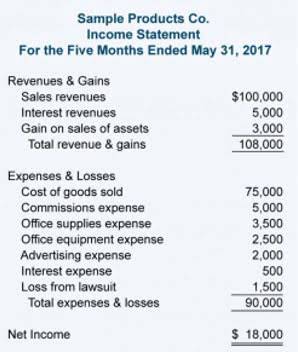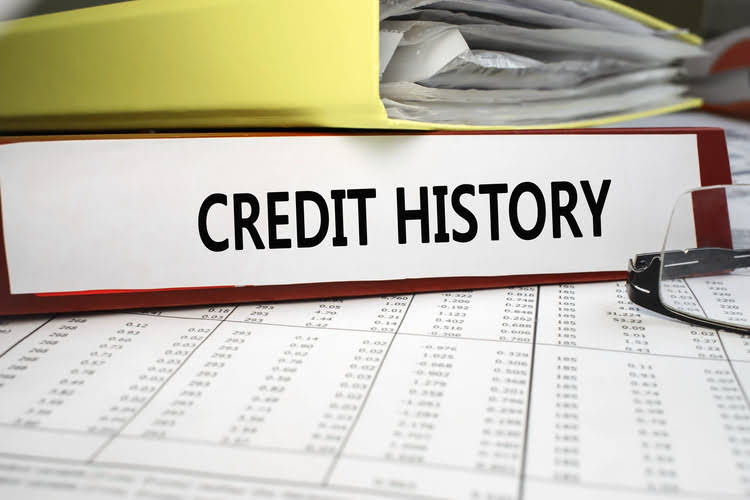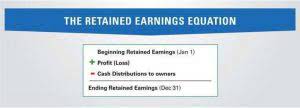
The flip side is that less of its value can be claimed in its later years. This method is most suitable for assets and equipment that can be expected to become useless and obsolete within a few years such as technology products. If you compare double declining balance to straight-line depreciation, the double-declining balance method allows you a larger depreciation expense in the earlier years.
Create a free account to unlock this Template
DDB is a specific form of declining balance depreciation that doubles the straight-line rate, accelerating expense recognition. Standard declining https://www.bookstime.com/ balance uses a fixed percentage, but not necessarily double. Both methods reduce depreciation expense over time, but DDB does so more rapidly.
Best accounting software for calculating depreciation
Double Declining Balance (DDB) depreciation is a method of accelerated depreciation that allows for greater depreciation expenses in the initial years of an asset’s life. Double declining balance depreciation is an accelerated depreciation method that charges twice the rate of straight-line deprecation on the asset’s carrying value at the start of each accounting period. Depreciation is the process by which you decrease the value of your assets over their useful life. The most commonly used method of depreciation is straight-line; it is the simplest to calculate. However, there are certain advantages to accelerated depreciation methods.

Other Depreciation Methods Worth Understanding
The “double” means 200% of the straight line rate of depreciation, while the “declining balance” refers to the asset’s book value or carrying value at the beginning of the accounting period. In the world of finance and accounting, understanding how to manage and account for asset depreciation is crucial for all businesses. Imagine being able to maximize your tax deductions and improve your cash flow in the initial years of an asset’s life. The calculations accurately show how the asset’s carrying value decreases each year while the depreciation expense is based on a fixed percentage of the remaining carrying value. This is a typical representation of how the double declining balance depreciation method works. The Double Declining Balance Method (DDB) is a form of accelerated depreciation in which the annual depreciation expense is greater during the earlier stages of the fixed asset’s useful life.
- In many countries, the Double Declining Balance Method is accepted for tax purposes.
- This is important for accurate financial reporting and compliance with…
- Double declining balance depreciation is a method of depreciating large business assets quickly.
- As an accountant, one should be comfortable with all methods of depreciation.
- It does not take salvage value into consideration until you reach the final depreciation period.
- This cycle continues until the book value reaches its estimated salvage value or zero, at which point no further depreciation is recorded.

This is because, unlike the straight-line method, the depreciation expense under the double-declining method is not charged evenly over the asset’s useful life. An asset for a business cost $1,750,000, will have a life of 10 years and the salvage value at the end of 10 years will be $10,000. You calculate 200% of the straight-line depreciation, or a factor of 2, and multiply double declining balance method that value by the book value at the beginning of the period to find the depreciation expense for that period. With the constant double depreciation rate and a successively lower depreciation base, charges calculated with this method continually drop. The balance of the book value is eventually reduced to the asset’s salvage value after the last depreciation period.
Declining Depreciation vs. the Double-Declining Method



